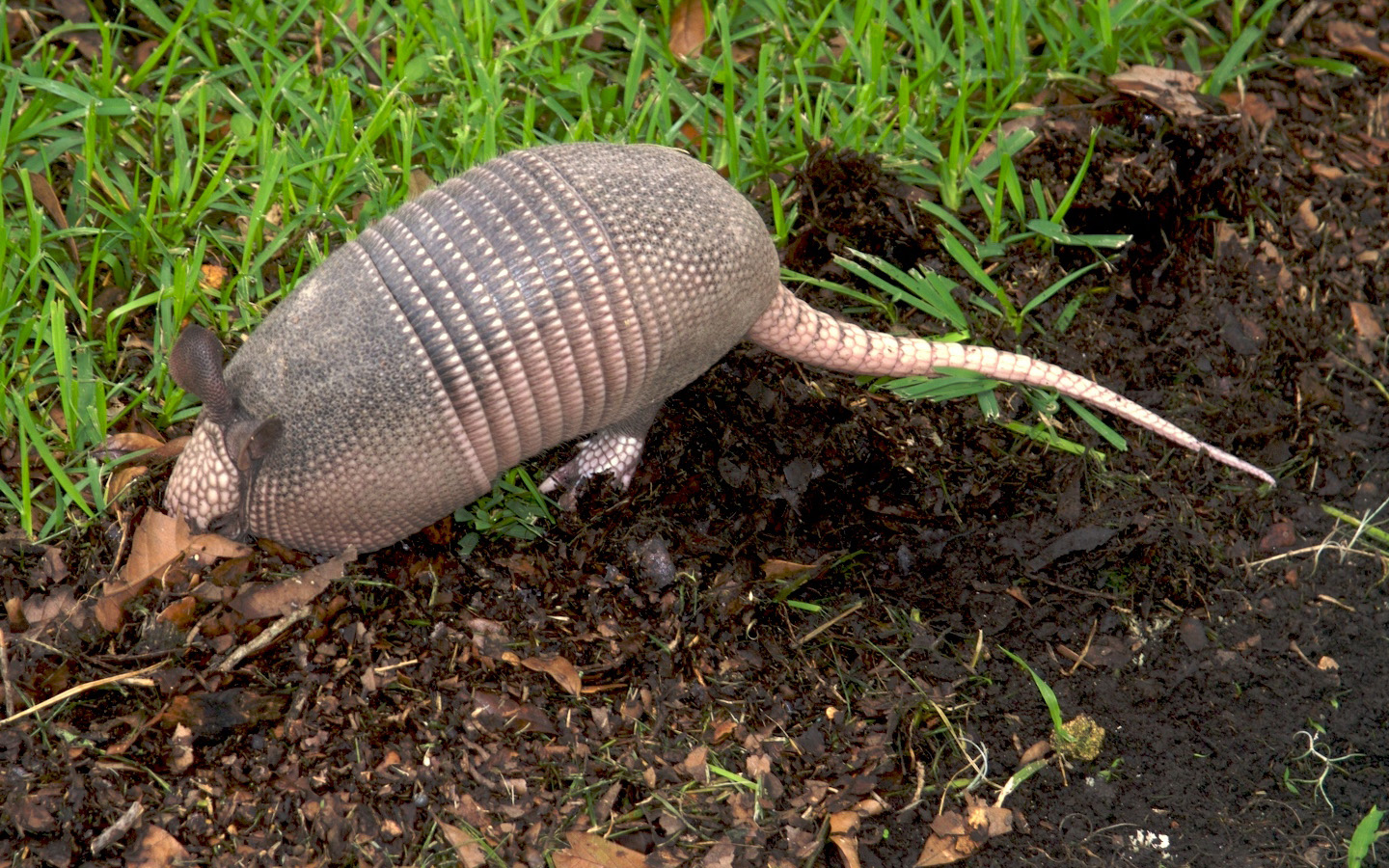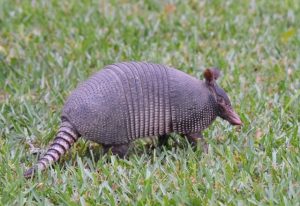
They suggested that the timing of the U.S. They estimated the average rate of expansion across the range was 7.8 km per year, with maximum expansion rates of 11 km per year in the Midwest and 17.2 km per year in the Gulf Coast of Florida. novemcinctus based on literature records and their own communications with several hundred wildlife officers. Taulman & Robbins ( 1996) estimated rates of range expansion between 19 for D. The dotted line indicates the area that is amplified in FIG. The contemporary range for the species likely includes all or most of Georgia, Alabama and South Carolina, western Kentucky all of Tennessee west of the area of present study and southern North Carolina and Illinois.

novemcinctus in the southeastern United States based upon previously published range estimates, especially those of Taulman & Robbins ( 1996). Illustration of historical expansion of D. novemcinctus colonization of the United States. Reproductive features such as polyembryony and delayed implantation ( Humphrey, 1974 McBee & Baker, 1982 Storrs et al., 1988 Peppier, 2008) undoubtedly heighten the ability of the species to reach population carrying capacity in areas where they dwell, expedite dispersal into adjacent unoccupied land, and allow populations to be founded outside of previously established territory by solitary mature females pregnant with male offspring. novemcinctus is particularly intriguing in that expansion has occurred in historic times when many other mammalian species have exhibited population declines. novemcinctus have now been reported from as far north as Illinois and Indiana ( Van Deelen et al., 2002 Whitaker, 2010). It was first documented in extreme southwestern Tennessee in the early 1980s, but has been known from the southern portions of the neighboring states of Georgia and Alabama for at least a decade prior to this ( Humphrey, 1974 Kennedy & Harvey, 1980 Taulman & Robbins, 1996). It has been expanding the northern limits of its North American range for over 150 years, and has become common, even ubiquitous in much of the southeastern United States ( Audubon & Bachman, 1854 McBee & Baker, 1982 Taulman & Robbins, 1996 Aguiar & Fonseca, 2008). This species holds the largest geographic range of any xenarthran ( Abba & Superina, 2010) and is the only xenarthran currently undergoing significant range expansion ( Aguiar & Fonseca, 2008). The geographic distribution of modern xenarthrans is almost exclusively confined to the Neotropics, with only one species found in the Nearctic, the nine-banded armadillo Dasypus novemcinctus.

The ecological implications of this increased rate of geographic expansion are discussed. These elevation records suggest further northward and eastward expansion of the species is likely.

The six Franklin County specimens were collected atop the Cumberland Plateau at elevations of 446, 462, 570, 583 (two specimens), and 606 m asl. The new records imply an expansion rate in far excess of previous maximum estimates. These records represent an extension of approximately 325 km to the east and 375 km to the north of previously published range limits.

novemcinctus from southeast Tennessee one from Hamilton County, one from Rutherford County, three from Marion County, and six from Franklin County. Beginning in July 2007, we collected 11 road-killed specimens of D. Previous studies have suggested an average expansion rate of 7.8 km/year, with the fastest expansion rates in the Gulf Coast of Florida at 17.2 km/year and the southern Great Plains at a rate of 11 km/year. For over 150 years the nine-banded armadillo, Dasypus novemcinctus, has been expanding its range into the southern United States.


 0 kommentar(er)
0 kommentar(er)
